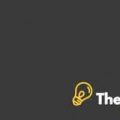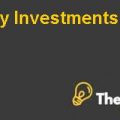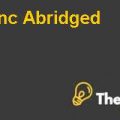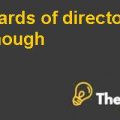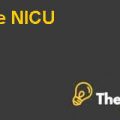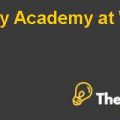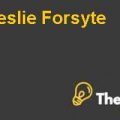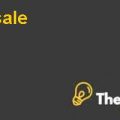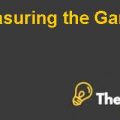
Leverage, Capital Structure Case Solution
1. Financial Leverage:
The Financial Leverage is used to measure the amount of debt that a company can issue to buy the assets. If the leverage increases, it allows issuing less equity to finance the operations. There are various financial leverage ratios but in this case some major ratios are used in order to make valid comparison between the companies of same industry, it includes:
- Total debt to Book Capitalization
- Total Debt to EBITDA
- Net Debt to EBITDA
- Interest coverage ratio
Based on the above financial leverage ratios, statistics are made within the group in one industry with the compared leverage of other companies in different industry and the analysis is made with respect to 2015 year.
If we compare the results of our selected companies in different industries, total debt to book capitalization is 43%, 14% and 55% of Conoco Phillips, Holly Frontier, and Bp Plc respectively. It shows the total amount of debt in a company's capital structure, and it also tends to decrease in return on equity if a large amount of debt is issued because of tax saving. In this case, the Bp Plc has the highest debt to capital ratio and second highest is of 43% in Holly Frontier and 14% in Conoco Phillips, that shows that their different capital structure as follows:
| Conoco Phillips | 43% Debt & 57% Equity |
| Holly Frontier | 14% Debt & 86% Equity |
| Bp Plc | 55% Debt & 45% equity |
The total debt to EBITDA ratio measures the company's ability to pay its debt in its incurred debt that representsthe approximate amount of time to pay debt while ignoring Depreciation and amortization. In this case, the total debt to EBITDA is 3.85, 0.65 and 7.02 times of Conoco Phillips, Holly Frontier, and BP Plc respectively.
The Net debt to EBITDA is same as mentioned above, however the only difference is that here net debt is used, which is the result of total debt excluding cash. The cash is deducted in order to have identify the total debt which is used to fund the company's assets. This measures the years to pay the liabilities and resulted in 3.49, 0.52 and 3.51 years of Conoco Phillips, Holly Frontier, and BP Plc respectively.
The interest coverage ratio shows the ability of the company to pay the interest on its outstanding debt. In this case, Holly frontier has negative Coverage ratio because of loss in 2015 and resulted in -31.05 times. The BP plc has the highest coverage that shows the company is highly in profit to pay out its interest that is 15.93 times. Moreover,the second best result is of Conoco Phillips whichis 6.03 times of total earning.
The analysis is divided into financial and nonfinancial data and is compared with different companies in same industry asit is reliable to compare the companies' performances when the industry is providing the same type of products to its customers.
Based on the projected years,which include 2016 and 2017, the credit ratios are calculated by estimating the total debt and total equity amount with the help of average change in debt and equity.
The excess cash amount of Conoco Phillips, Holly Frontier, and BP plc is calculated as beginning cash by adding depreciation and net income and subtracting Interest Expense and capital expenditure. (All calculations are shown in Excel sheet).
2. Optimal Capital Structure:
The table below shows the debt which the company has issued against equity to finance its operations. This table shows the used credit capacity of the company by capital structure of 43 to 57 ratio of Conoco Phillips, 14 to 86 ratio of Holly Frontier and 55 to 45 ratio of Bp Plc Inc...............
This is just a sample partial case solution. Please place the order on the website to order your own originally done case solution.

